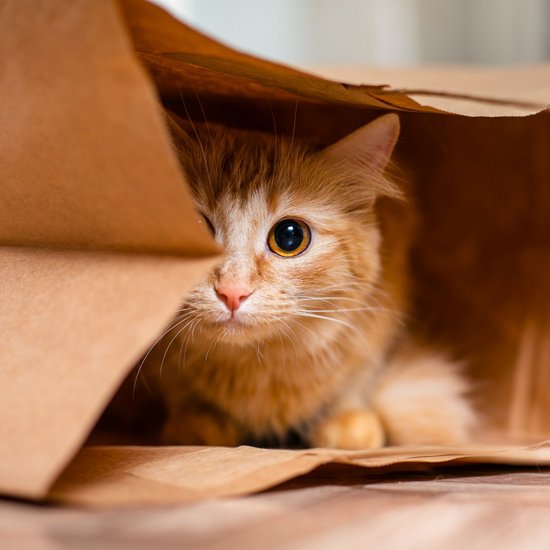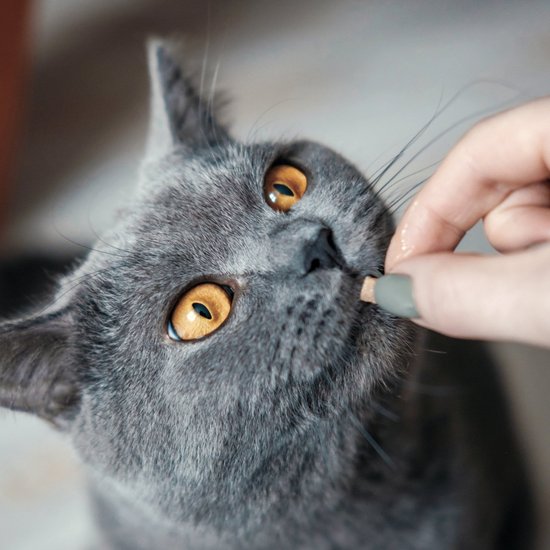But this is a two-way relationship: our homes need to help our cats, too. They need to provide safety, comfort, and relaxation, particularly for kittens who have never been away from their mothers. So before bringing a new cat home, you need to make sure the environment is spot-on.
In this post, we’ll give you a checklist that will help you create a feline-friendly home. Although it’s mainly written with kittens in mind, the same basic rules apply when you’re adopting an adult cat.
1. Make Sure You’ve Got a Litter Box

This is an essential part of any new kitten checklist, and it’s important for more mature cats too. The litter box will be their bathroom throughout their life, and they need to be introduced as soon as possible.
The box should be at least as long and as wide as your cat, allowing them to enter and turn around with ease, and the gravel should be deep enough for them to dig and bury.
The litter box should be placed in an easily accessible area with good air quality (avoid fusty basements or cupboards). Positioning it in the corner of a room is ideal, as cats are drawn to corners for a sense of safety.
2. Stash Cords, Ropes, and Cables
When planning how to care for a kitten, hazard management is crucial. Cats, especially kittens, love grasping dangling objects, so cords and cables must be out of reach. Before your new cat arrives, conduct a sweep of the house to secure or stash anything they might pull down.
3. Chemicals Need to Be Locked Away

Cleaning products and beauty accessories can seem strangely enticing to cats but are often toxic. Make sure lids are secure and cupboards are firmly shut to prevent your inquisitive kitty from accessing them.
4. Your Cat Needs a Place to Hide
Sometimes, your kitty will need a private space to chill when things get stressful. Provide a crate or cardboard box to create a safe hiding place. Position it on tall furniture, so your cat feels out of reach when they need space.
5. Buy Stainless Steel Bowls
Your cat will need separate bowls for food and water. Stainless steel is highly recommended over plastic because it is easier to clean and doesn’t crack, preventing bacteria from thriving in scratches or nicks.

6. Remember: Houseplants Can Be Toxic
Everyday houseplants like jade, lilies, daffodils, and tulips can be harmful to cats when ingested. Research whether your plants are cat-friendly, and consult a vet for guidance.
7. Get Some Healthy Treats
Healthy treats are a great way to welcome your cat and support their overall diet. Purrsticks, for example, are great for hand-treating and bonding with your new furry friend. Their high meat content complements your cat’s regular diet.

